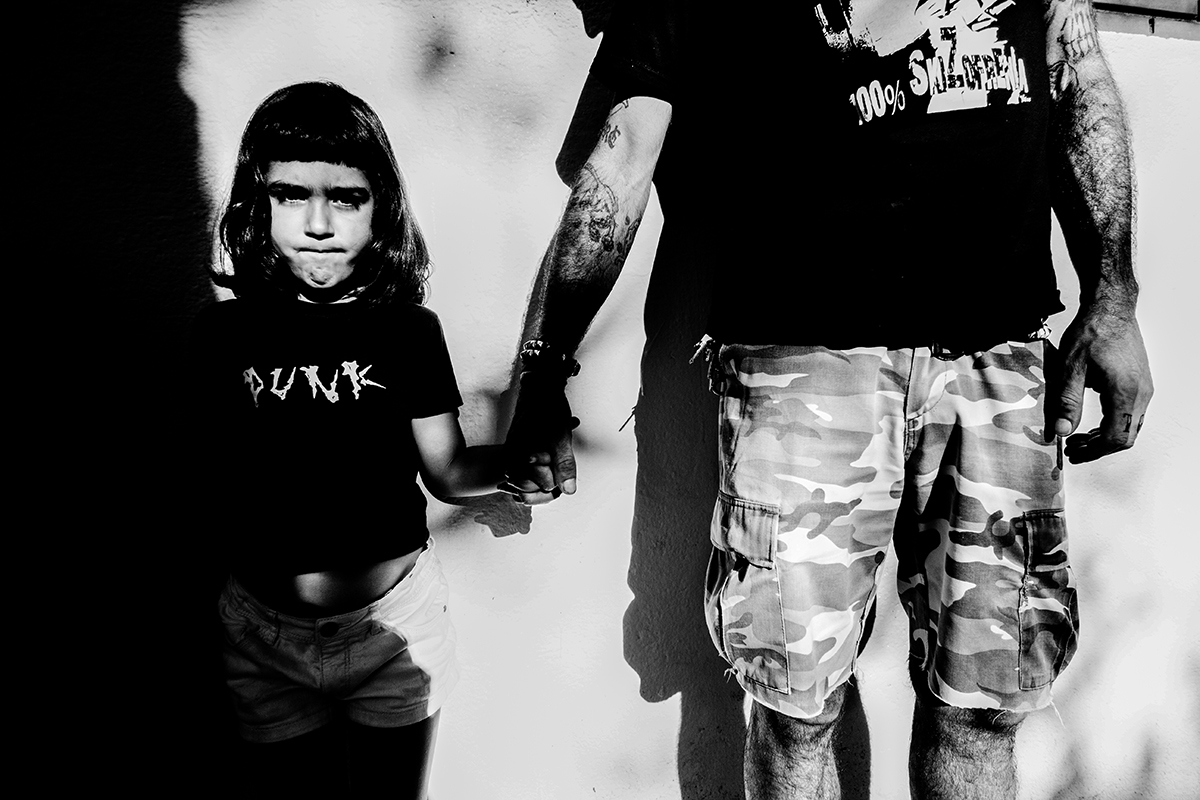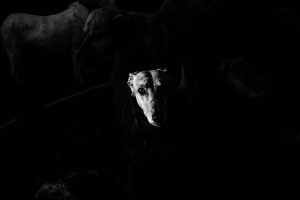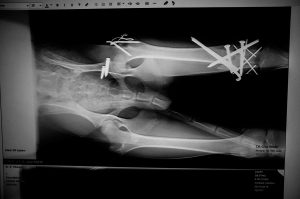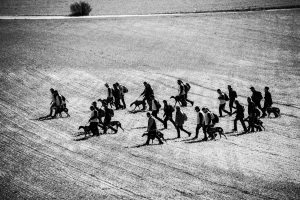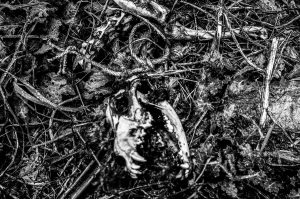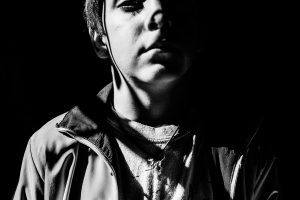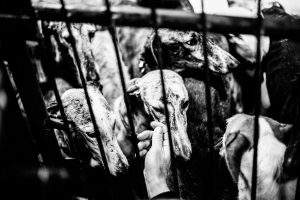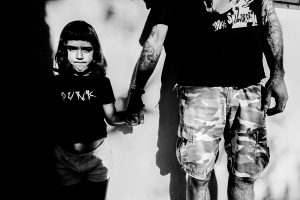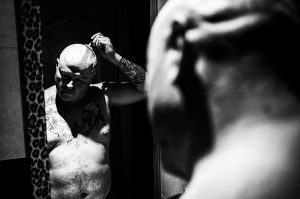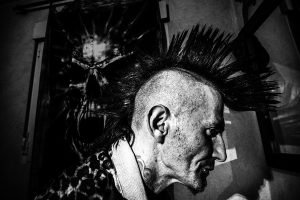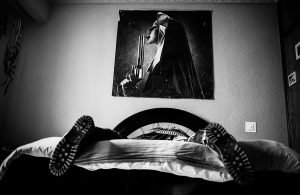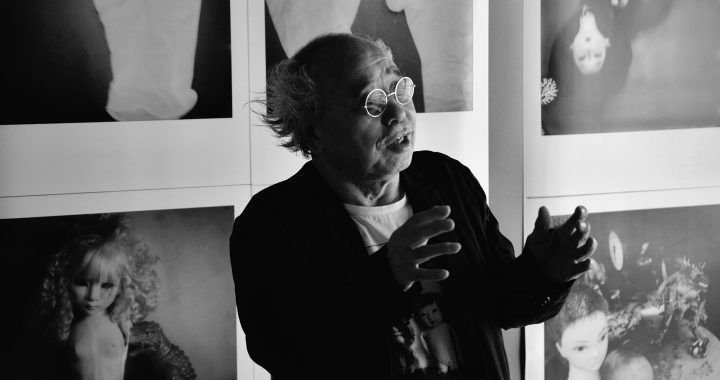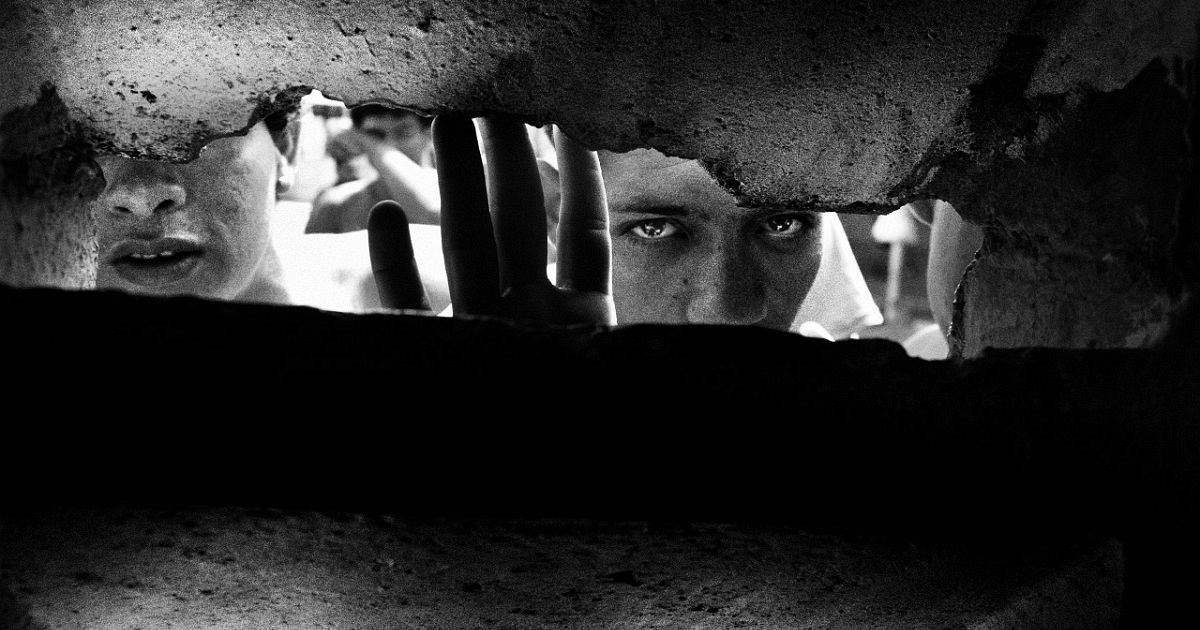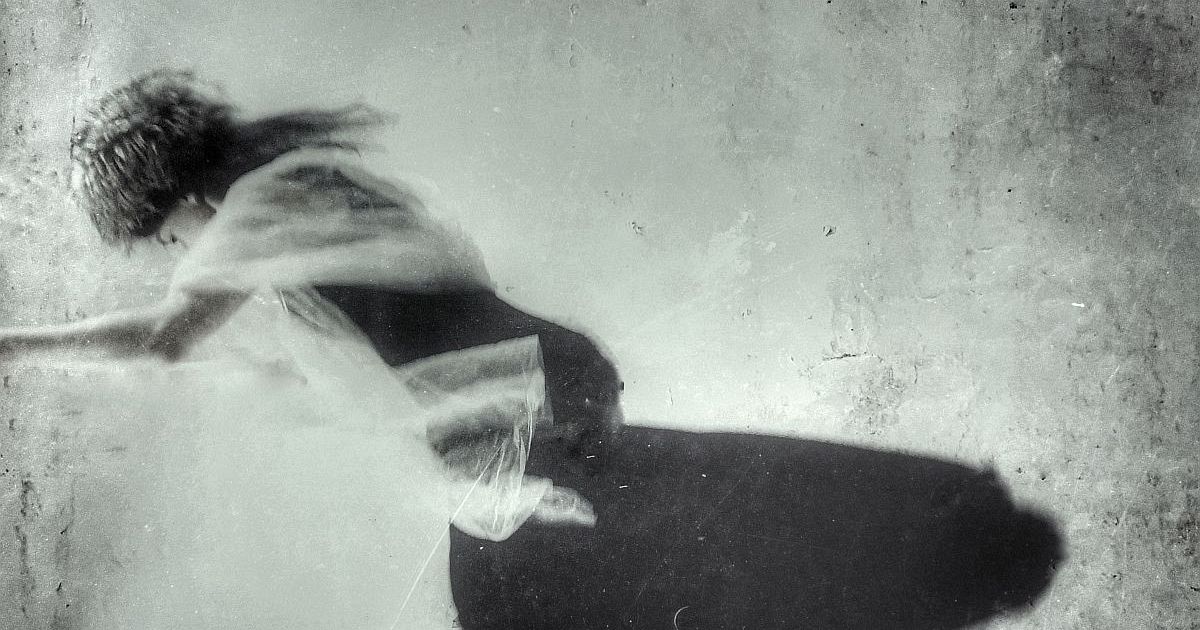David Arribas is a photographer from Spain and finalist of our DOFOTOS contest. After he has been featured as the winner of The Washington Post Open Call, I knew we have to talk. David belongs to them who are not afraid to go in long-term projects and are interested in anthropological-social reporting.
You finished your studies of photography in 2015 in your 37. Why did you start?
I have always been quite restless and I felt the need of knowing why things were happening. Therefore I became very interested in journalism and in the work of conflict zone photographers. These professionals told stories that I did not see in the media and I did not fully understand, so I began to study documentary and documentary photography to understand how they worked. I wanted to know by my own means those things happening around me. I was fascinated by the type of images they showed and how they were able to tell stories by them. I knew I wanted to do the same to show themes that happened in my immediate environment.
You were a finalist of our DOFOTOS contest in 2017. Why did you send us your entry?
I signed up for DOFOTOS contest because I thought it was a good way to spread Scars project around the world and to hear critiques of it. It was a way to test the project and improve it.
How do you evaluate your participation there? Had it a positive impact on your creation?
It was very satisfying for me to be able to see the work of the rest of the participants and to hear the opinions of the DOFOTOS jury. It was a great experience to have my work evaluated and to see that I was on the right track with the sequence of my images.
When I saw your series SCARS for the first time, I knew it was something extraordinary. You have been recently selected as a winner by The 2018 Washington Post Open Call for Photographers. What does it mean to you?
Above all, I see that the project has a scope and the necessary diffusion to make known the difficult situation of greyhounds in Spain, which has always been my motivation to document this issue. So far, no media I have contacted in my country have considered publishing the work, which has been a major turning point when trying to disseminate the project. In addition, it is the recognition of a long time effort and hard work that always helps to not give up and keep on giving voice to those, who do not have it and making known low visibility stories.
Is your series SCARS finished or still ongoing?
I have concluded the work but every year I continue visiting the shelter that helped me in the development of the project to monitor the problem of abandonment. I try not to lose contact with the people, who gave me the opportunity to enter in their lives and enabled me to capture some very intimate images.
What do you think is a role of a documentary photography today?
Documentary photography has a very important role in documenting situations that we wouldn’t know or would be forgotten in some way. Let’s say it’s a good way to record relevant events that are happening around us, that we often don’t notice, and stories of people who are worth telling.
You project ANSIA depicts punk community. Do you think that it is important to show such closed communities to the world?
It is very interesting to show the way of life and the type of people that make up social groups of which we have some fixed and confused ideas, even if you do not agree with their way of thinking or acting, to at least understand that his daily life is not so different from the rest. With the Ansia project, I tried to approach an apparently hermetic community that was open and willing to participate in the project at all times. It was very easy to work with them, I was simply honest telling them what I wanted to do and they opened themselves completely to me.
You are interested in anthropological-social reporting. Could you elaborate? What is important to you when choosing a topic?
I am interested in narrating the lifestyles of people and their environment, in showing stories that are close but at the same time unsettling and thought-provoking. When I look for a theme, I look for those sensations of everyday life and shock, and the way I can transmit them as I perceive them. I seek to generate an atmosphere that envelops the story, that helps me to expose what is transmitted by the characters that form it and captures the attention of those who see it.
Do you follow other photographers and study their approach?
I think it is very important to see the work of the other authors and keep learning from them. Studying projects like those of Josef Koudelka or those now developed by Michael Ackerman makes you reflect. It makes you aware that there is a wide range of authors of reference and many different ways of conceiving the world. From time to time, I acquire photography books that help me in editing and understanding the photographic language.
Are you a member of some documentary community in Spain? Does documentary photography have a strong tradition in your country?
I do not belong to any community or collective, I go for free as far as this topic is concerned, but I have a lot of contact with other photographers with whom I exchange opinions and to whom I ask for help and advice when I have doubts or I have to face the editing of a new project. I value very much the opinions of others whether they are good or bad.
Spain is a country with a lot of photographic tradition, even though we do not have a National Photography Center that collects it. There are very important authors such as Gabriel Cualladó, Cristina García Rodero, Joana Biarnés, Gervasio Sánchez and so a long list, which have been documenting stories and events both outside and inside my country leaving an extraordinary legacy for future generations.
Sometimes we hear that documentary approach in our meaning and visual is something old, dirty, polluted and obsolete. Do you have such experience?
Not adopting the new trends in photography or not being part of the new social circles around the world of the image makes it seem that you are not progressing. I sincerely always liked to go against the tide, not to let myself be carried away by what everyone does and not to follow fashions. Although everything has already been invented in photography, it is very interesting to have a diverse range of ways of working within which to move freely and bet on your own images. The new documentalism is just as valid as the classic reportage, there is the richness of photography, in the variety of forms.
What is your latest project you are devoted to about?
Currently I have been developing a project on Eating Disorders for two years, specifically in anorexia nervosa. I have a family member who suffers from this mental illness and I decided to face this project documenting the day to day life of a family that lives with this disease, focusing on anorexia as a mental disorder rather than thinness.
What is your long-term vision concerning photography and your creation?
I think photography is a long-distance race and a difficult medium, with which to allow yourself to live, you must invest a lot of time and energy. When you are immersed in the development of a photographic project it is very difficult to meet your vital needs, so you have to develop a formula to be able to maintain your life and photography in balance. The change that the media have suffered and the difficulty in showing your stories sometimes make you think if you are wasting your time. I sincerely believe that photography is something more vocational than a simple job, where you get that strength inside that makes you keep going forward in your career. Believing in your projects and defending them at all costs is the engine to not give up.
David Arribas Gonz√°lez¬†(*1978) is freelance and documentary photographer based in Madrid, Spain. He is interested in anthropological-social reporting. He finished his studies of photography and reportage in 2015. Later he participated at several workshops with different photographers like Antonio Heredia, Manu Brabo, Antoine d¬īAgata and Crisitna Garcia Rodero. In 2015 he was awarded with one of the scholarships of the Festival of Photography and Journalism of Albarrac√≠n (Spain). In adittion, in 2016 he won the second prize at the International Photo Awards (IPA) in the ‚ÄúEditorial essay‚ÄĚ category. In 2017 he was selected as one of the finalists in several festivals such as Photon Festival, DOFOTOS contest of documentary photography and win SantanderPhoto with a documentary project about abused animals in 2018. In 2018 he has been selected as a winner by The Washington Post Open Call for Photographers.
All photographs © David Arribas González.
